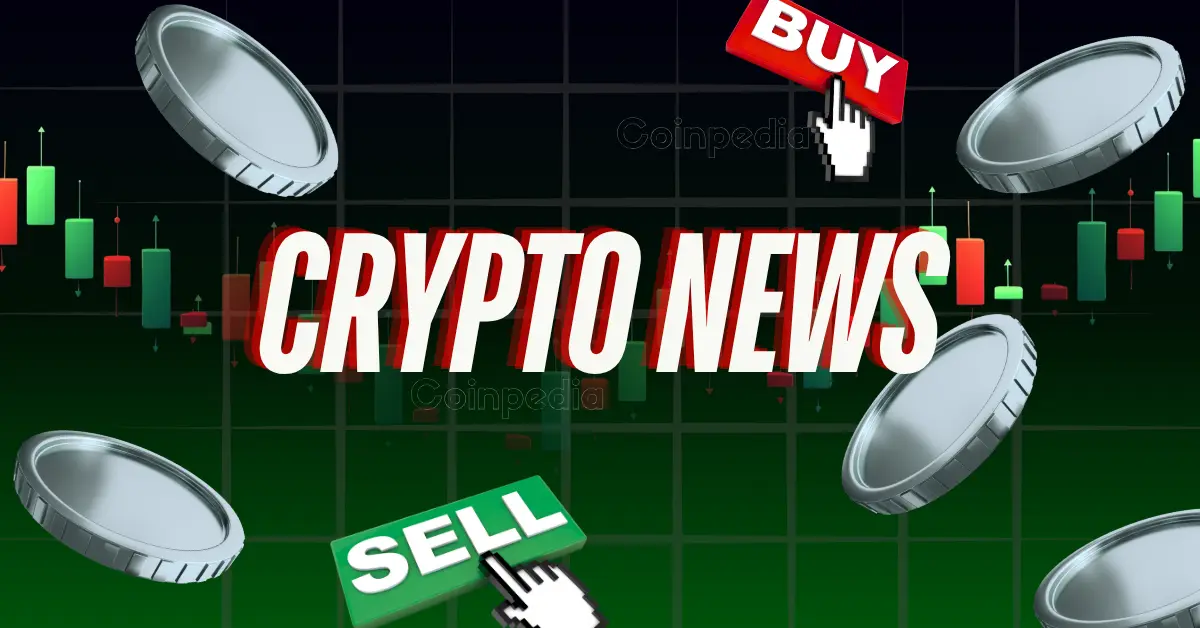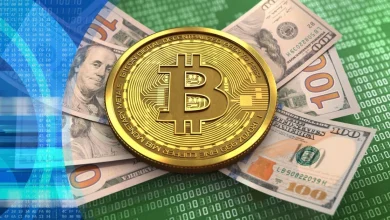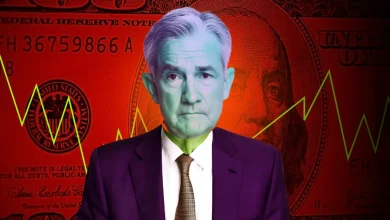
Market expectations for the Fed's next rate decision have dramatically shifted towards a 50 basis point cut.
The Wall Street Journal's article argued that the Fed's current target rate might be too high.
The market is pricing in significant volatility post-Fed decision, with potential moves of ±96 points for the S&P 500.
The Kobeissi Letter recently highlighted a major shift in market expectations around the Federal Reserve’s next interest rate decision. In an unexpected turn, the chances of a 50 basis point rate cut jumped from just 2% to 59% in a matter of hours.
What makes this shift surprising is that no new economic data or announcements from the Fed were behind it. Until now, the market had largely expected a smaller, 25 basis point cut. So, what caused this sudden change?
Wall Street Journal Article Raises Questions
The key trigger seems to be a Wall Street Journal article published early Sunday. The article questioned whether the Fed’s current rate target of 5.25% to 5.50%—the highest since 2001—might be too high, especially as inflation appears to be cooling. It pointed out that the Consumer Price Index (CPI) is now at 2.5%, suggesting that the gap between Core CPI and the Fed’s 2% target is mainly due to delays in the housing and auto sectors.
More importantly, the article highlighted a weakening job market. Unemployment has risen from 3.5% to 4.2% since July 2023, and over the past two years, more than a million jobs have been revised lower, signaling possible issues in the labor market.
Financial Times Joins the Discussion
Shortly after, the Financial Times published a similar analysis, advocating for a 50 basis point cut to avoid slowing the economy too much. The article warned of negative market reactions if weak data comes out before the Fed’s next meeting. Adding to this, Fed member Dudley, despite the Fed’s blackout period, shared his belief that a 50 basis point cut is likely, citing Fed Chair Jerome Powell’s preference for bold action.
Brace Yourselves!
As the Fed’s decision approaches, market volatility is expected to rise. The Kobeissi Letter notes that the market is pricing in a potential move of ±96 points for the S&P 500 after the decision, which is about 1.7%—roughly 20% of the index’s average annual return—in a single day. Historically, if the Fed cuts rates and a recession is avoided, the S&P 500 has gained 15% within a year.
However, if a recession follows, the index usually drops by the same amount in the same period.
Will they make the bold 50 basis point cut, or stick to the smaller cut that was previously expected? The upcoming days will be critical for the economy and investors alike.
Also Check Out: Crypto Hearing on Sep 18: Is Gary Gensler Failing as SEC Chair?








